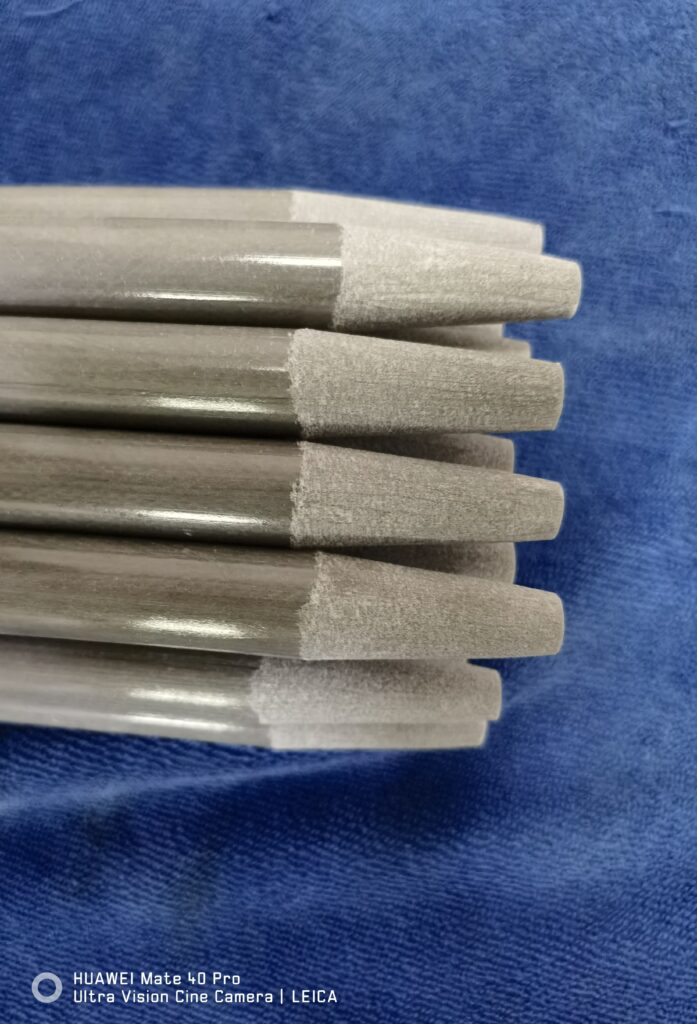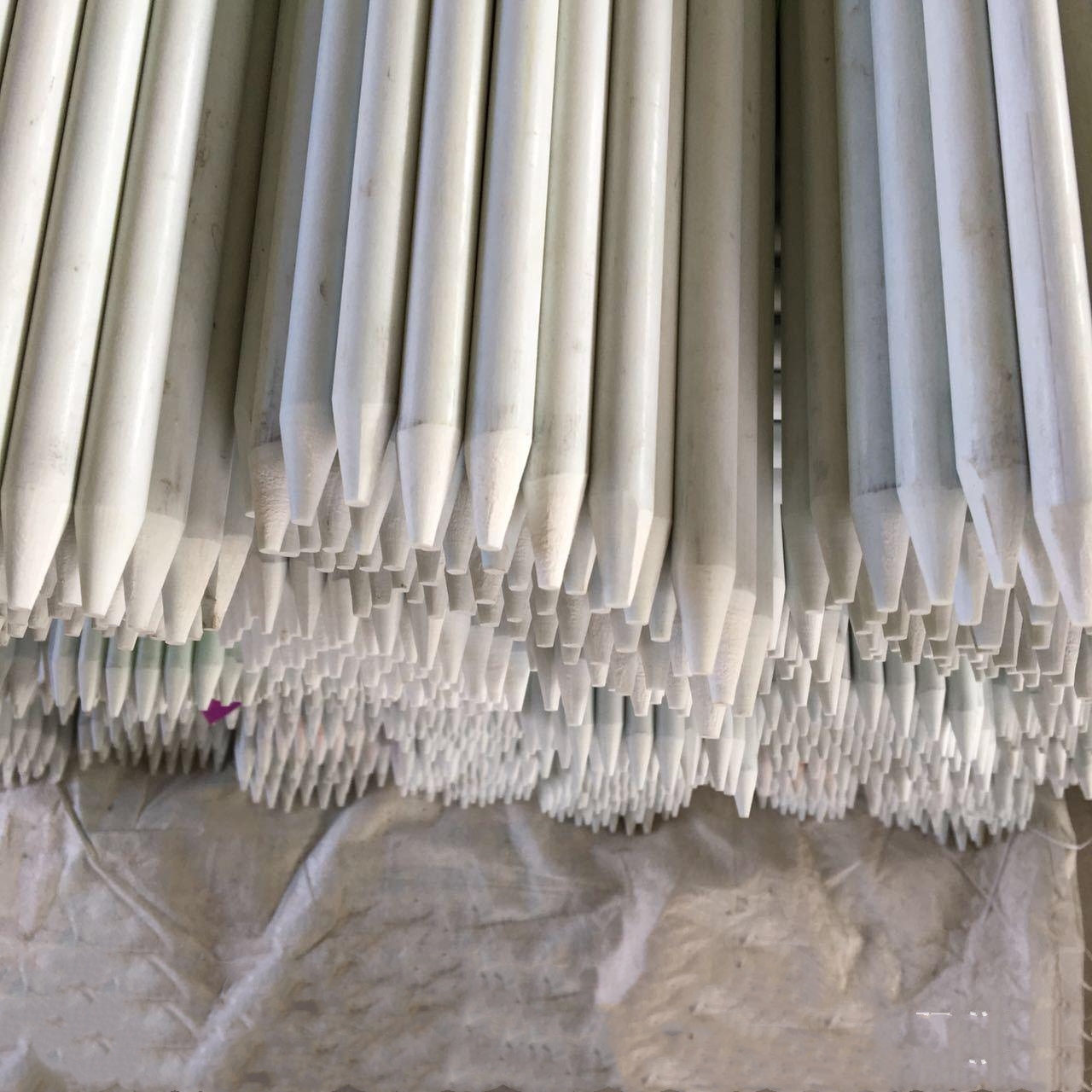How to Use Fiberglass Plant Stakes Effectively

Fiberglass plant stakes are rods made from resin and fiberglass that are used to support plants as they grow. They are lightweight, durable, rust-proof, and flexible. They can be used for various purposes, such as tree supports, staking plants, and vegetables like tomatoes and cucumbers. However, not all plants need staking, and improper staking can cause more harm than good. Here are some dos and don’ts of using fiberglass plant stakes:
Do:
- Check if your plant needs staking. Most plants can grow well without staking, unless they have weak stems, heavy fruits, or tall flowers that need support. Staking may be necessary if your plant is exposed to strong winds, heavy rains, or animals that can damage it. Staking can also help train your plant to grow in a certain direction or shape.
- Use the right type and size of stake. The stake should be sturdy enough to support the plant, but not too thick or heavy. A 5/16-inch diameter stake is usually sufficient for most plants. The stake should be long enough to reach at least one-third of the plant’s height above the ground.
- Drive the stake into the ground at an appropriate distance from the plant. The stake should be placed 3 to 4 inches from the base of the plant, avoiding its roots. If you use more than one stake, space them evenly around the plant.
- Attach the plant to the stake with a flexible and soft material. Fabric ties, rubber bands, or clips are good options for attaching the plant to the stake. Avoid using wire, rope, or plastic that can cut into the stem or constrict the growth of the plant. The tie should be loose enough to allow some movement of the plant, but tight enough to prevent it from leaning too much.
- Remove the stake when the plant is established. Depending on the species and growing conditions, most plants can stand on their own after one or two growing seasons. Leaving the stake on for too long can weaken the plant’s stem and make it more susceptible to pests and diseases.

Don’t:
- Stake every plant you grow. Staking can interfere with the natural development of the plant’s stem and roots, making it less stable and resilient in the long run. Staking can also reduce the air circulation and light exposure around the plant, increasing the risk of fungal diseases. Therefore, you should only stake your plant if it really needs it, and remove the stake as soon as possible.
- Use wooden or metal stakes for planting plants. Wooden or metal stakes are not suitable for supporting plants, as they can rot, rust, break, or injure the plant. They can also attract pests or diseases that can harm the plant. Fiberglass stakes are more durable, rust-proof, and flexible than wooden or metal stakes.
- Plant your plant too deep or too shallow. The depth of planting affects how well your plant will establish and grow. The root collar (the point where the roots meet the stem) should be level with or slightly above the soil surface. Planting your plant too deep can cause root rot, while planting it too shallow can expose the roots to drying and damage.
- Overwater or underwater your plant. Plants need regular watering to establish their root systems, especially during dry periods. However, overwatering can cause root rot and fungal diseases. Check the soil moisture around your plant before watering, and water deeply but infrequently.
- Ignore signs of stress or damage on your plant. Your plant may show signs of stress or damage due to environmental factors, pests, diseases, or improper staking. These signs may include wilting, yellowing, browning, curling.


